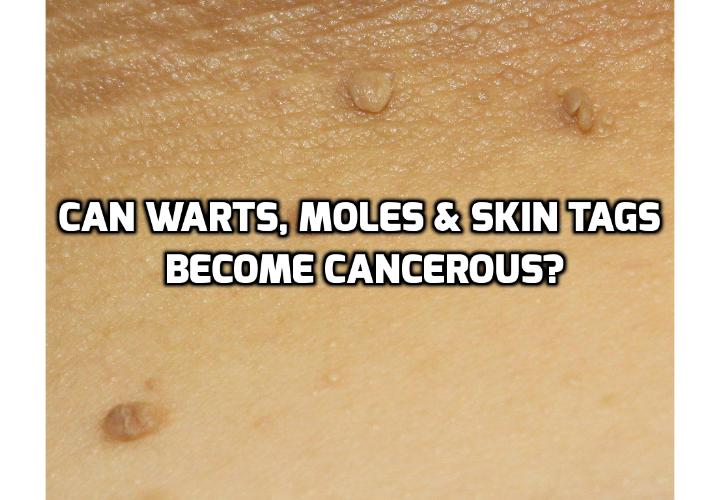

Moles usually stay within certain size limits. If you’re seeing a variety of colors in the same mole, it could be cancerous.Ī melanoma mole will often have different shades of the same color, such as brown or black, or splotches of different colors (e.g., white, red, gray, black, or blue). Moles can come in many different colors, including brown, black, or tan. If the border seems fuzzy - like someone has colored outside of the lines - it could be a sign that the mole is cancerous. The mole is set apart from the skin around it. The edges of a normal mole will have a clear, well-defined shape. Cancer cells tend to grow more quickly and more irregularly than noncancerous cells. In an asymmetrical mole, the two sides won’t match in size or shape. If you draw a line through the middle of the mole (from any direction), the edges of both sides will match each other very closely.

A cancerous mole typically changes in size, shape, or color over time.ĭermatologists use the ABCDE rule to help people spot the signs of melanoma on their skin:Ī mole that’s symmetrical will look very similar on both sides. The biggest clue that a spot on the skin might be melanoma is if it’s changing. slow changes, often over the course of months or years.brown, black, tan, red, blue, and even white, often a darker shade of a person’s normal skin tone.raised or flat shape, often with irregular shape and borders, sometimes on an existing or new mole.Symptoms and traits to look out for include: It’s the most common type of melanoma, accounting for 70 percent of all diagnosed melanomas. Superficial spreading melanoma is a type of skin cancer that grows horizontally in upper layers of the skin and eventually into deeper layers of the skin. A warning sign of skin cancer is a change in size, shape, color, and irregular borders of a mole. Most moles will never cause any problems, but someone who has many moles is more likely to develop melanoma. The neck and face are other common sites. Melanomas can develop anywhere on the skin, but they are more likely to start on the trunk (chest and back) in men and on the legs in women. The amount of thickness can help determine the stage of the cancer. The thickness of the melanoma is known as the Breslow measurement or Breslow‘s depth. They may have a variation of colors with irregular borders. Many melanomas are flat or barely raised. There are four main types of melanoma, and each may present differently based on many factors, including skin tone. Most melanomas are brown and black, but they can also be pink, tan, or even white. It may also be called malignant melanoma or cutaneous melanoma.


 0 kommentar(er)
0 kommentar(er)
